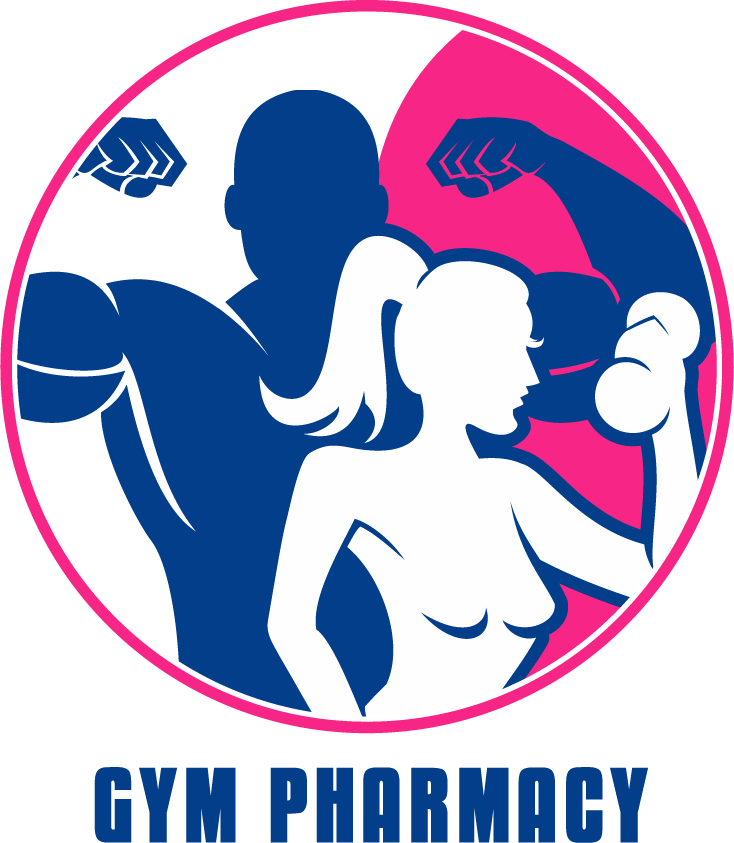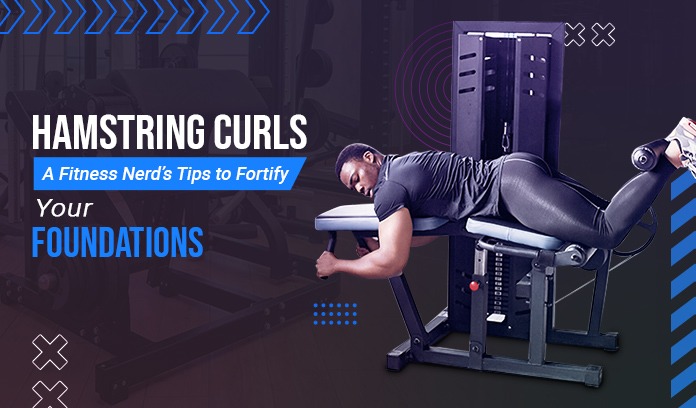Think of your hamstrings as tree trunks.
A tree trunk is able to withstand strong winds and hold up the network of branches, keeping everything fixed to the ground.
In motion, your hamstrings must be able to withstand the force of your strides and jumps, provide a fraction of their power, and have enough strength to balance your body in motion, too.
To build them up, hamstring curls are an essential exercise. They target the hamstring muscles in a way that other exercises, such as squats and deadlifts, do not. Hamstring curls are also a safe exercise for the unlucky ones with back problems.
How to Do a Hamstring Curl
To do a hamstring curl, you will need a leg curl machine.
These machines are typically found in gyms.
To use the machine, follow these steps:
- Sit on the machine. Flatten your feet on the footrests.
- Place your heels under the pads.
- Adjust the weight so that it is challenging but not too heavy.
- Lean back against the pad.
- Curl your feet up towards your buttock.
- Hold the contraction for a second.
- Slowly lower your feet back down.
Common Errors and Their Adjustments
Leg curls require you to maintain a neutral spine. Your hamstrings won’t function properly if you arch your lower back. With that form, your back will take the brunt of the load, which may result in discomfort.
Pro tip: tighten your abs to prevent arching your back. And remember that only your knees should bend. Move slowly at first if you’re not accustomed to the movement. You don’t want to injure yourself.
How Many Reps and Sets to Do
For hamstring curls, you should do 3 sets of 10-12 reps. When starting, use a weight that is considerable, but not too heavy. If you can do more than 12 reps with a certain weight, then increase the weight. If you can’t do 10 reps with a certain weight, then decrease the weight.
Pre-Workout Supplements
Pre-workout supplements can help you get the most out of your leg curls. These supplements can help you increase your energy levels, focus, and strength.
Some popular pre-workout supplements include:
- Beta-alanine: Beta-alanine is an amino acid that can help you buffer lactic acid, which can help you train longer and harder.
- Caffeine: Caffeine is a stimulant that can help kick up your energy levels. You can find it in coffee, tea, energy drinks, chocolate products, kola nuts, and much more.
- Creatine: Creatine is mostly used post-workout to boost muscle mass. But you can also use it for an energy boost pre-workout, given its quick digestion in powder format.
Post-Workout Supplements
After your hamstring curls, it is important to consume a protein shake or other source of protein. Protein helps your muscles recover from your workout and rebuild themselves.
Some popular post-workout supplements include:
- Whey protein: Whey protein is a fast-digesting protein that can help your muscles recover quickly.
- Casein protein: Casein protein is a slow-digesting protein that can help your muscles recover overnight.
- BCAAs: BCAAs are amino acids that are essential for muscle growth and repair.
Conclusion
Hamstring curls are a great way to build hamstring muscles.
They are straightforward. You don’t have to overthink them too much, and with small adjustments, you can avoid pain in your lower back. Bottom line, if you are looking to build stronger hamstrings, then hamstring curls should be a part of your workout routine.
Here are some additional tips for building strong hamstrings:
- Stretch your hamstrings regularly.
- Eat a diet that is full of protein.
- Get enough sleep.
- Train your hamstrings consistently.
By following these tips, you can build strong hamstrings that will help you improve your performance in sports and other activities.

